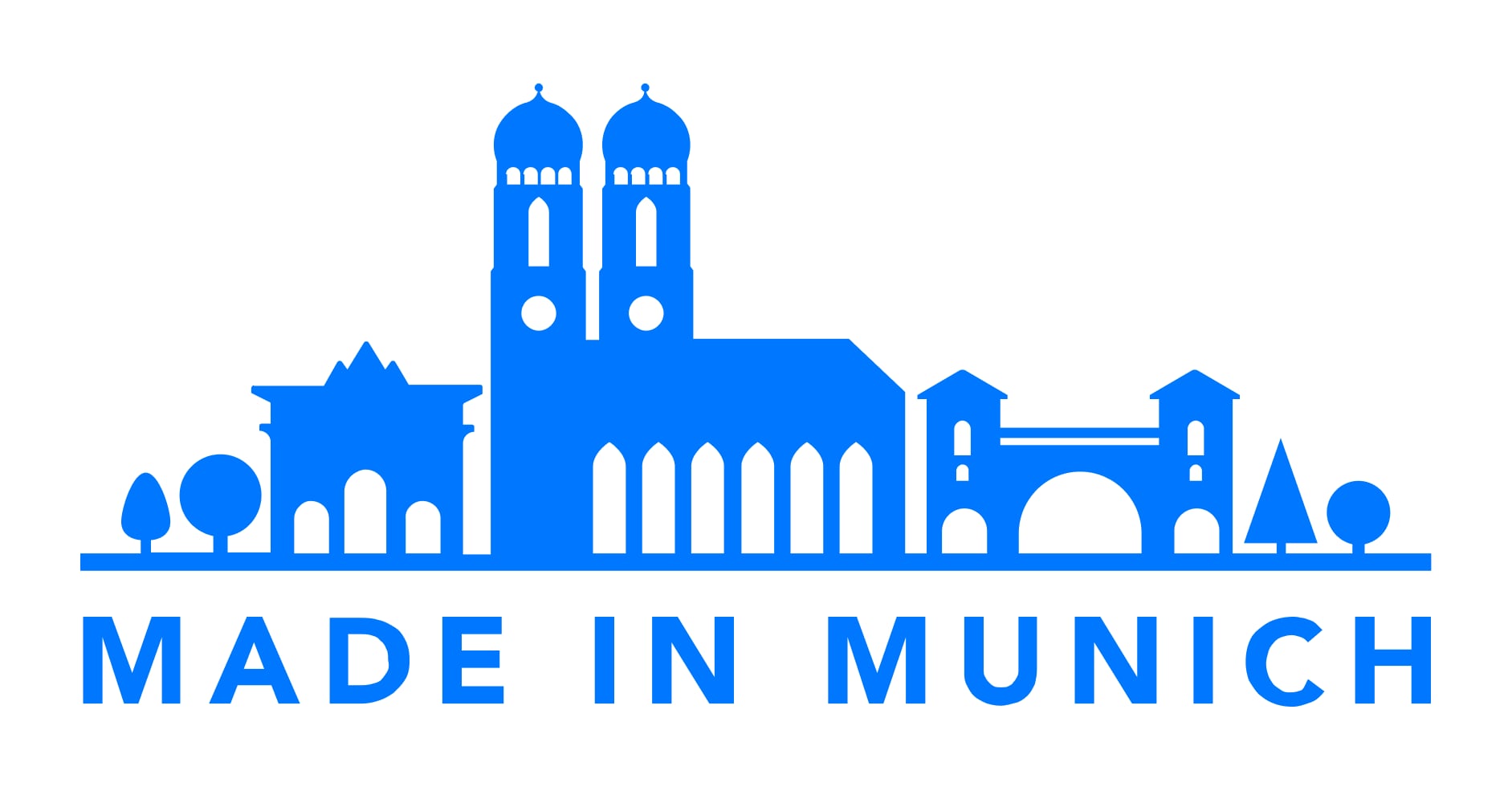Day: May 3, 2022
-

Recruiting Backend Engineers at ottonova
Here are some words about how the Backend Team goes about finding new team members. We want to do our part and share with the Community, as well as provide a bit more transparency into ottonova and how we are building state-of-the-art software that powers Germany’s first digital health insurance. This article covers what we…